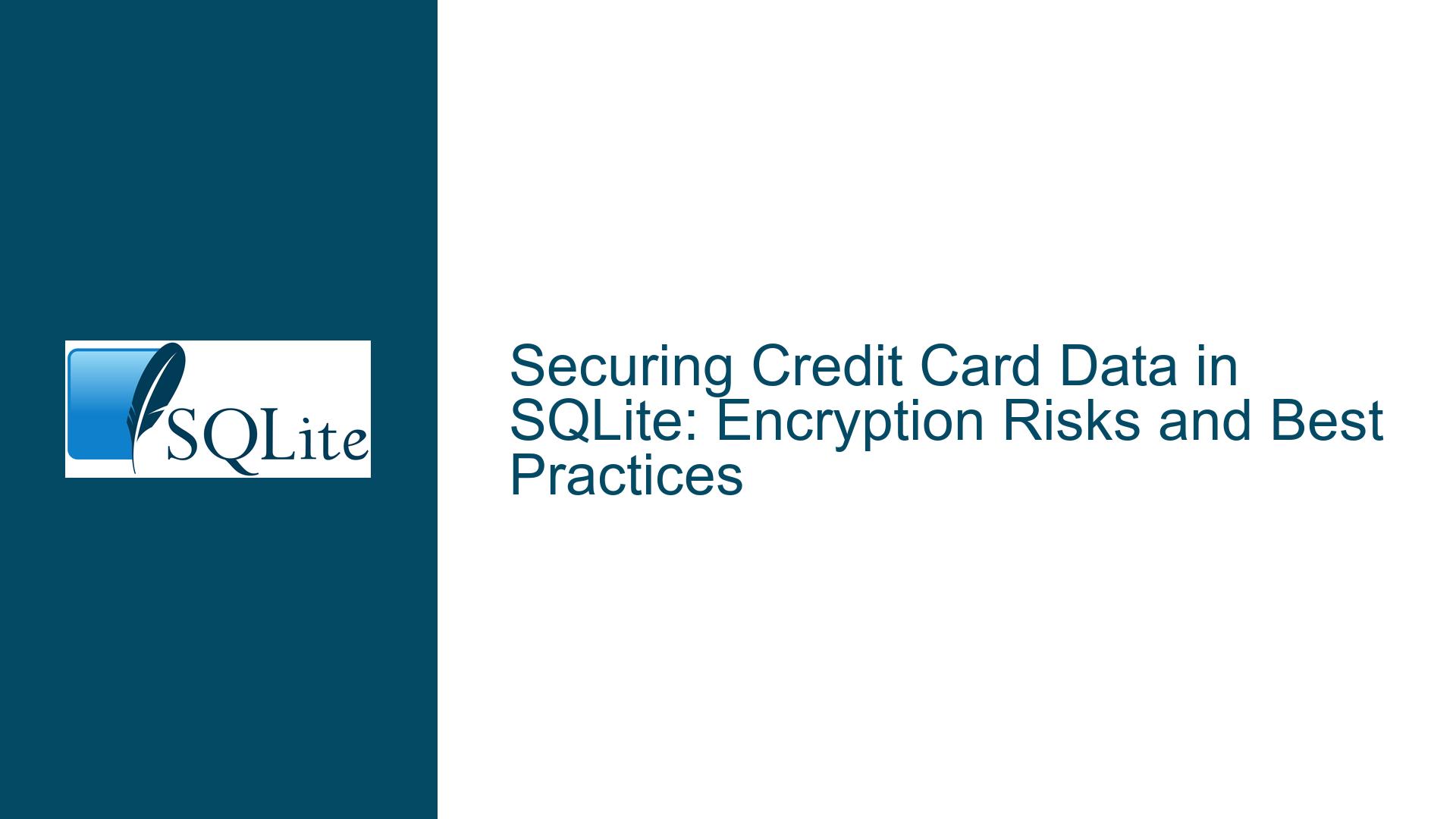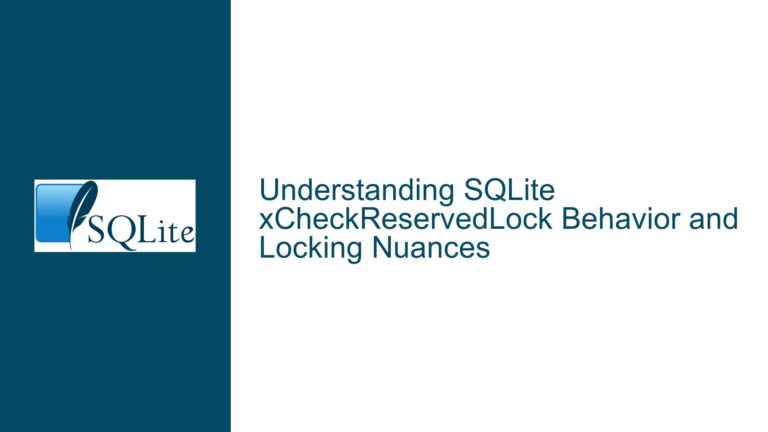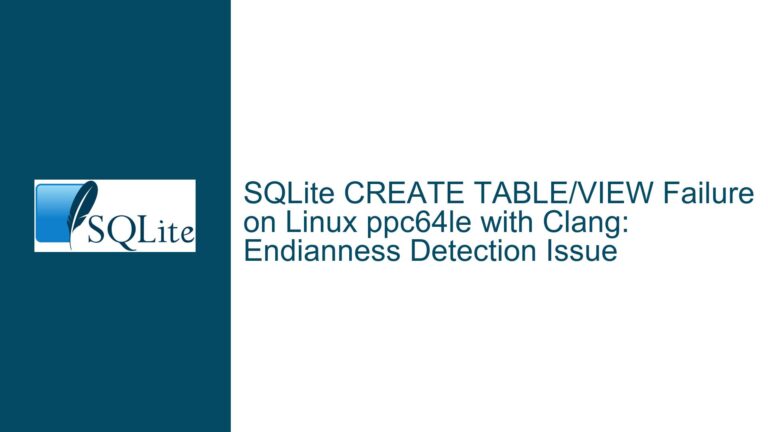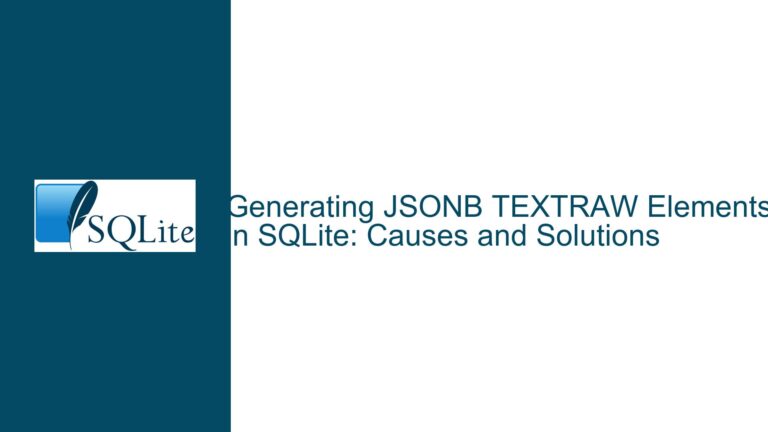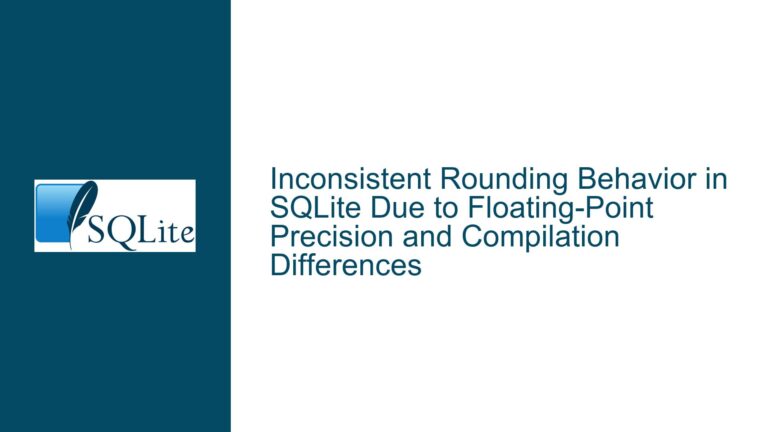Securing Credit Card Data in SQLite: Encryption Risks and Best Practices
Understanding SQLite’s Native Security Model and SqlCipher’s Encryption Framework
SQLite is a lightweight, serverless, self-contained database engine widely used in applications ranging from mobile apps to desktop software. By default, SQLite does not include built-in encryption mechanisms for data at rest. This means that any SQLite database file (.db or .sqlite) is stored as plaintext on disk. Without additional layers of security, unauthorized parties with access to the database file can trivially extract sensitive information using basic tools.
To address this limitation, third-party extensions like SqlCipher are often employed. SqlCipher provides transparent, full-database encryption using the AES-256 algorithm. When configured correctly, SqlCipher encrypts every page of the database file using a user-supplied password or key. The encryption process involves:
- Key Derivation: The password is processed through a Key Derivation Function (KDF), typically PBKDF2-HMAC-SHA512, to generate a cryptographic key.
- Data Encryption: Each database page is encrypted using AES-256 in CBC (Cipher Block Chaining) mode.
- Integrity Checks: HMAC (Hash-Based Message Authentication Code) is applied to ensure data integrity.
However, the security of SqlCipher depends heavily on implementation choices. For instance, the number of KDF iterations directly impacts resistance to brute-force attacks. A low iteration count (e.g., 1,000) allows attackers to compute keys faster, while higher iterations (e.g., 640,000) slow down such attempts.
A critical nuance is that SqlCipher’s encryption operates at the database level. If an attacker gains access to the database file but lacks the password, they cannot decrypt the data without significant computational effort. However, vulnerabilities arise if the password is weak, reused, or stored insecurely (e.g., hardcoded in application binaries).
Risks of Storing Credit Card Data in SQLite Databases
Storing credit card information in any database introduces significant legal, ethical, and technical risks. Payment Card Industry Data Security Standard (PCI DSS) compliance strictly prohibits storing sensitive authentication data (e.g., CVV codes, full magnetic stripe data) and strongly discourages storing Primary Account Numbers (PANs) unless absolutely necessary. Even with encryption, retaining credit card data increases exposure to:
Password Cracking Attacks:
SqlCipher’s encryption relies on a user-defined password. If this password is short, predictable, or lacks entropy, attackers can exploit brute-force or dictionary attacks. Tools likehashcatorJohn the Rippercan test millions of password combinations per second, especially when leveraging GPU acceleration. For example, a 6-character lowercase password can be cracked in minutes, while a 12-character password with mixed case, numbers, and symbols may take centuries.Side-Channel Vulnerabilities:
Even with strong encryption, improper implementation can leak metadata. For instance, unencrypted journal files (e.g.,-walor-shmfiles in Write-Ahead Logging mode) might expose transaction logs or partial data. Applications that temporarily write decrypted data to disk or memory without secure erasure also risk exposure.Key Management Failures:
The encryption key must be stored securely outside the database. Hardcoding keys in source code, configuration files, or environment variables allows attackers to extract them via reverse engineering or memory-dumping techniques.Compliance Violations:
PCI DSS Requirement 3.2 mandates that PANs must be rendered unreadable via encryption, truncation, or tokenization. However, encryption alone does not fully satisfy compliance if other requirements (e.g., access controls, audit logging) are neglected.Application-Level Exploits:
SQL injection vulnerabilities or improper input validation can allow attackers to exfiltrate decrypted data if the application decrypts sensitive fields unnecessarily.
Mitigating Security Risks: Alternatives and Secure Implementation Strategies
Avoid Storing Credit Card Data Entirely
The most secure approach is to avoid storing credit card information. Payment processors like Stripe, PayPal, or Braintree provide tokenization services, where sensitive data is replaced with a unique token. This token can be stored safely in SQLite and used to reference transactions without exposing actual card details. For example:
- A customer’s credit card is tokenized via a payment gateway API.
- The token, last four digits, and expiration date (non-sensitive data) are stored in SQLite.
- Subsequent transactions use the token, which is meaningless outside the payment processor’s system.
If Storage Is Unavoidable: Securing SQLite with SqlCipher
When tokenization is not feasible, follow these practices to harden SqlCipher-encrypted databases:
Use Strong Passwords and Key Derivation:
- Generate passwords with high entropy (e.g., 16+ characters, mixed case, symbols).
- Increase PBKDF2 iterations to at least 640,000 to slow brute-force attacks.
- Configure SqlCipher to use HMAC-SHA512 for integrity checks.
Secure Key Management:
- Store encryption keys in a secure hardware module (HSM) or platform-specific secure storage (e.g., Android Keystore, iOS Keychain).
- Never embed keys in source code or configuration files.
Enable Additional Security Flags:
- Use
PRAGMA cipher_hmac_algorithm = SHA512;to strengthen HMAC. - Disable memory page swapping to prevent decrypted data from being written to disk.
- Use
Regularly Rotate Keys:
- Periodically re-encrypt the database with new keys to limit exposure from compromised credentials.
Validate Encryption Configuration:
- Use tools like
sqlite3andhexdumpto confirm that database headers and pages are encrypted. An unencrypted SQLite database starts with the stringSQLite format 3, while encrypted databases display random binary data.
- Use tools like
Application-Level Encryption
For granular control, encrypt specific fields (e.g., credit card numbers) within the application before storing them in SQLite. Use AES-GCM for authenticated encryption, which provides both confidentiality and integrity. This approach allows searches on non-sensitive fields (e.g., transaction IDs) while keeping sensitive data encrypted.
Compliance and Auditing
- Conduct regular penetration tests to identify vulnerabilities in the database or application.
- Use SQLite’s
PRAGMA integrity_checkto detect corruption or tampering. - Implement audit trails to log access attempts and modifications to sensitive data.
By adhering to these strategies, developers can mitigate risks while leveraging SQLite’s simplicity and SqlCipher’s encryption capabilities. However, the ultimate safeguard remains eliminating the storage of sensitive credit card data altogether.
